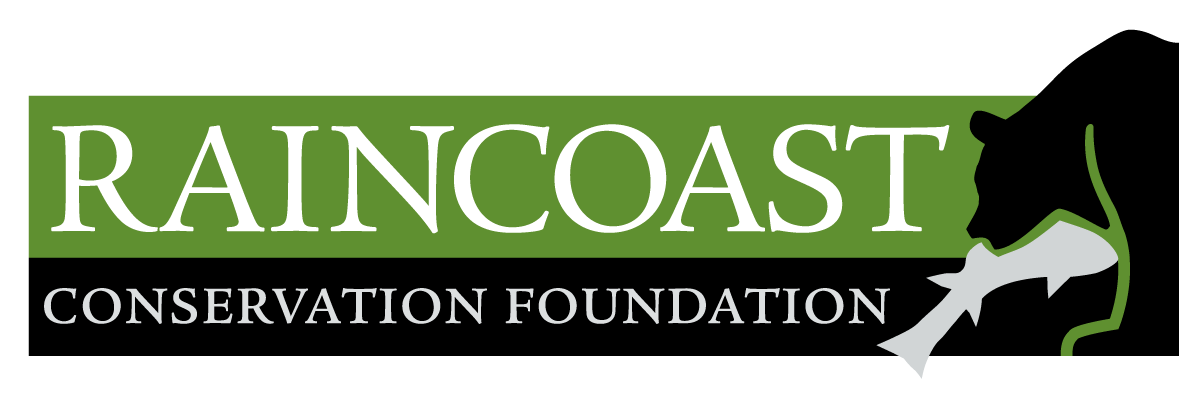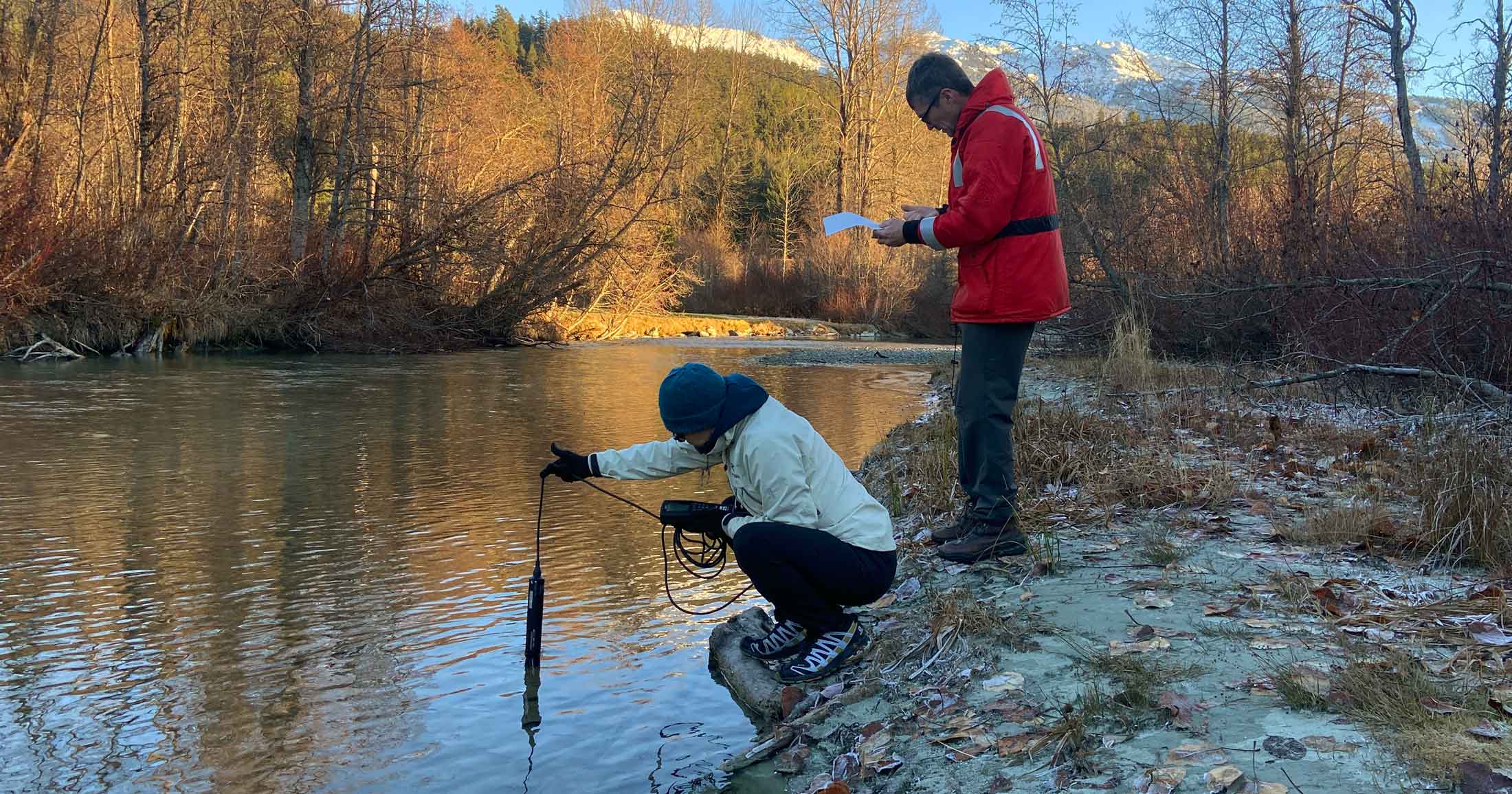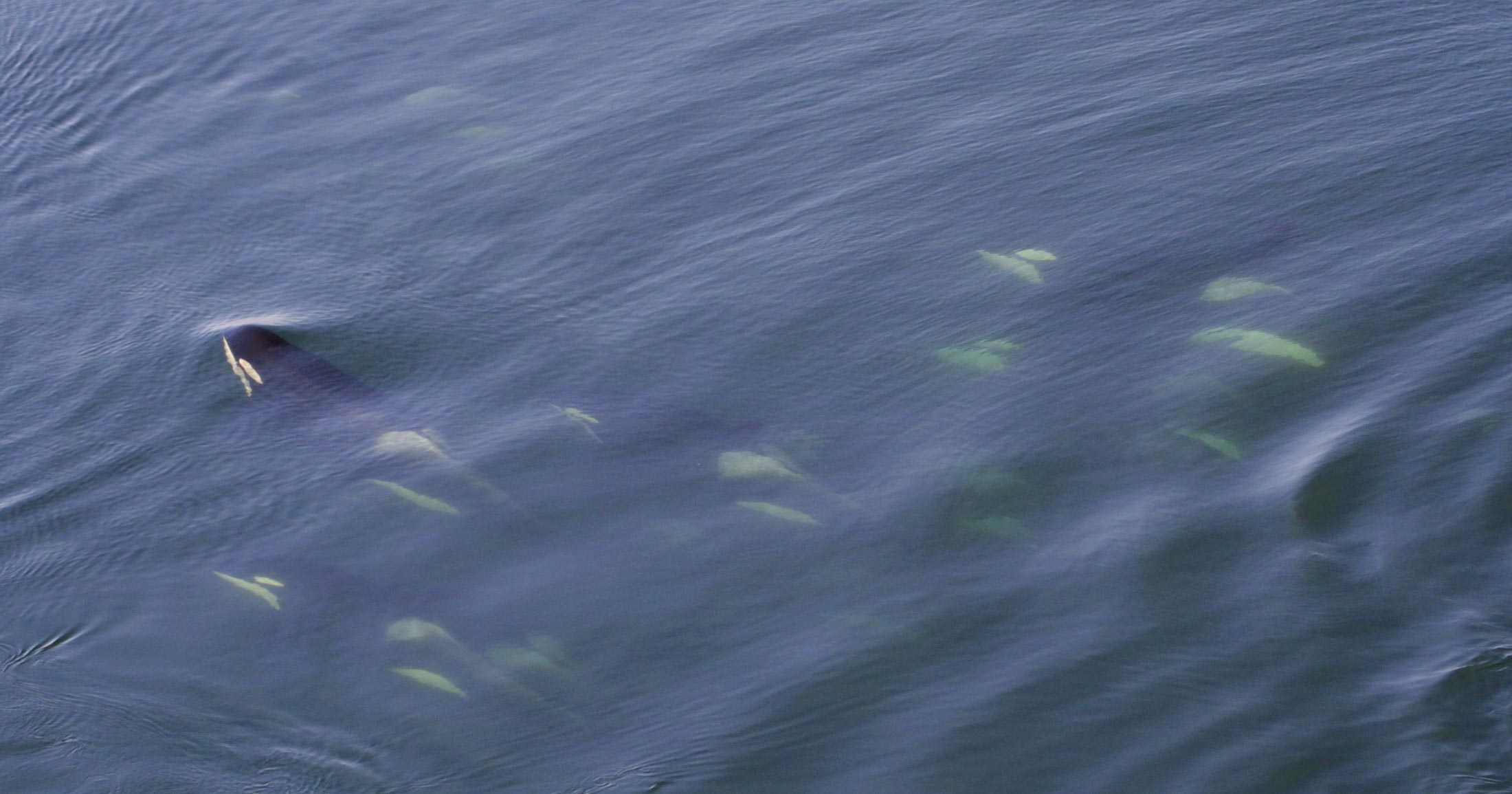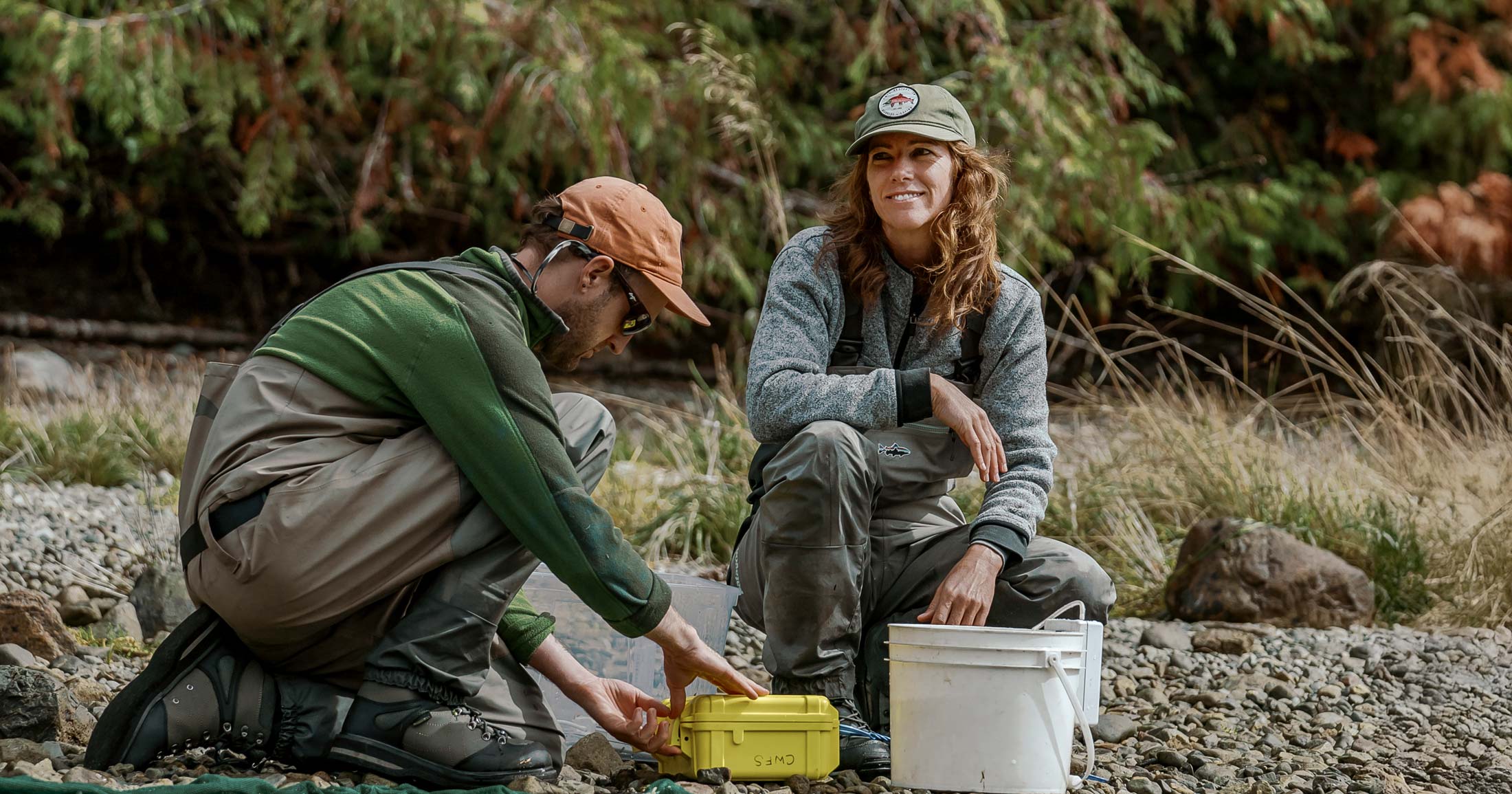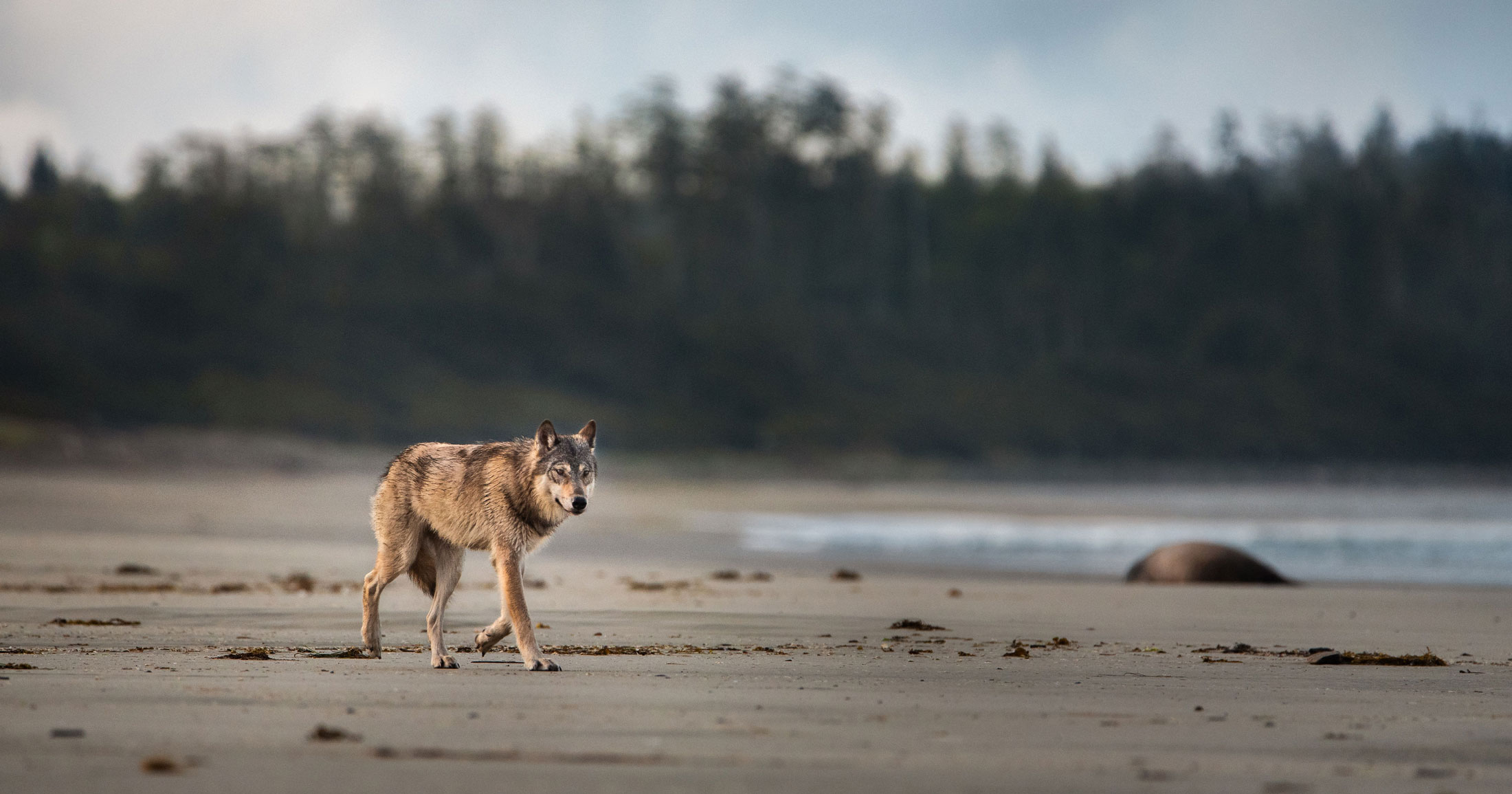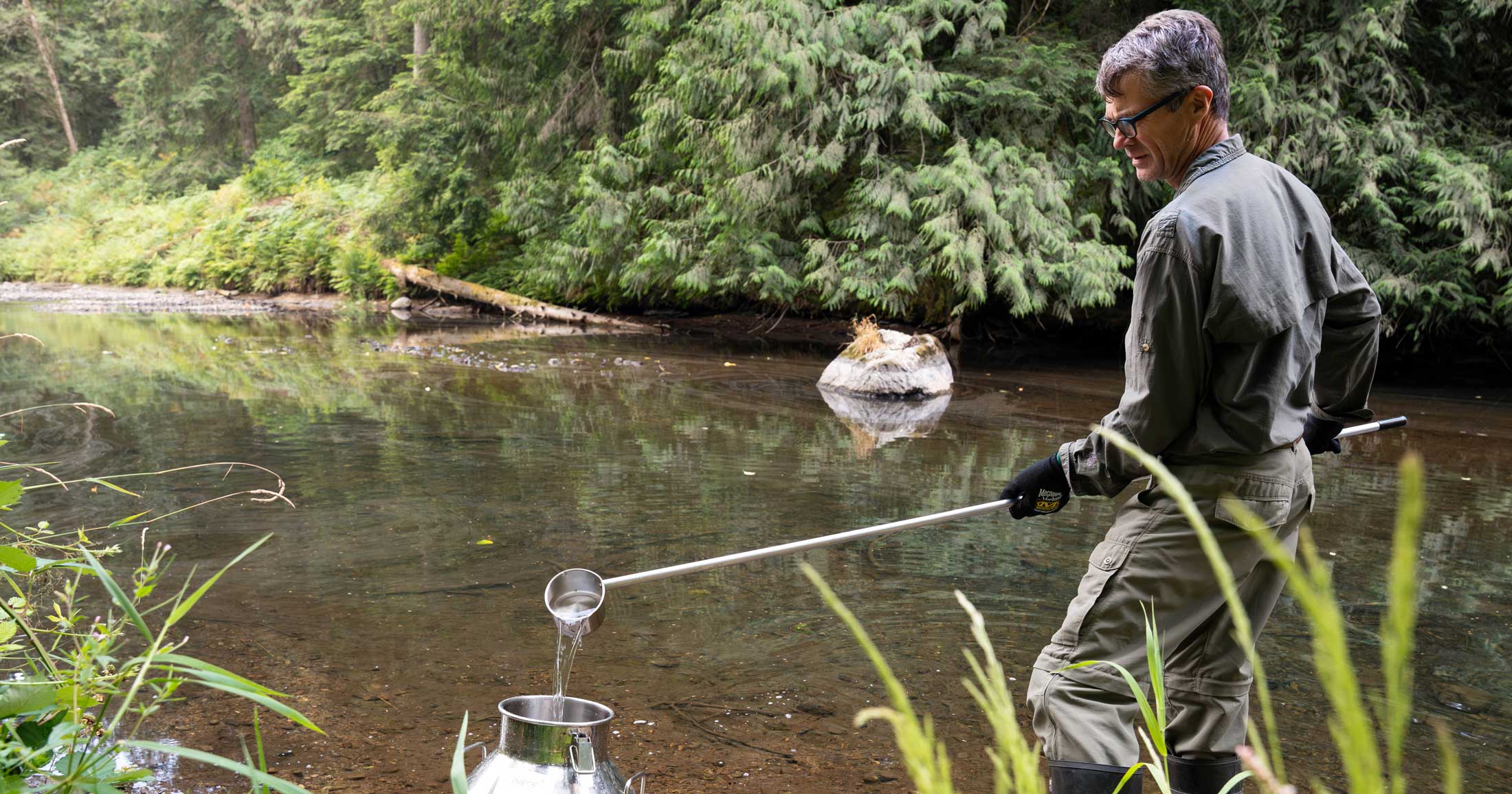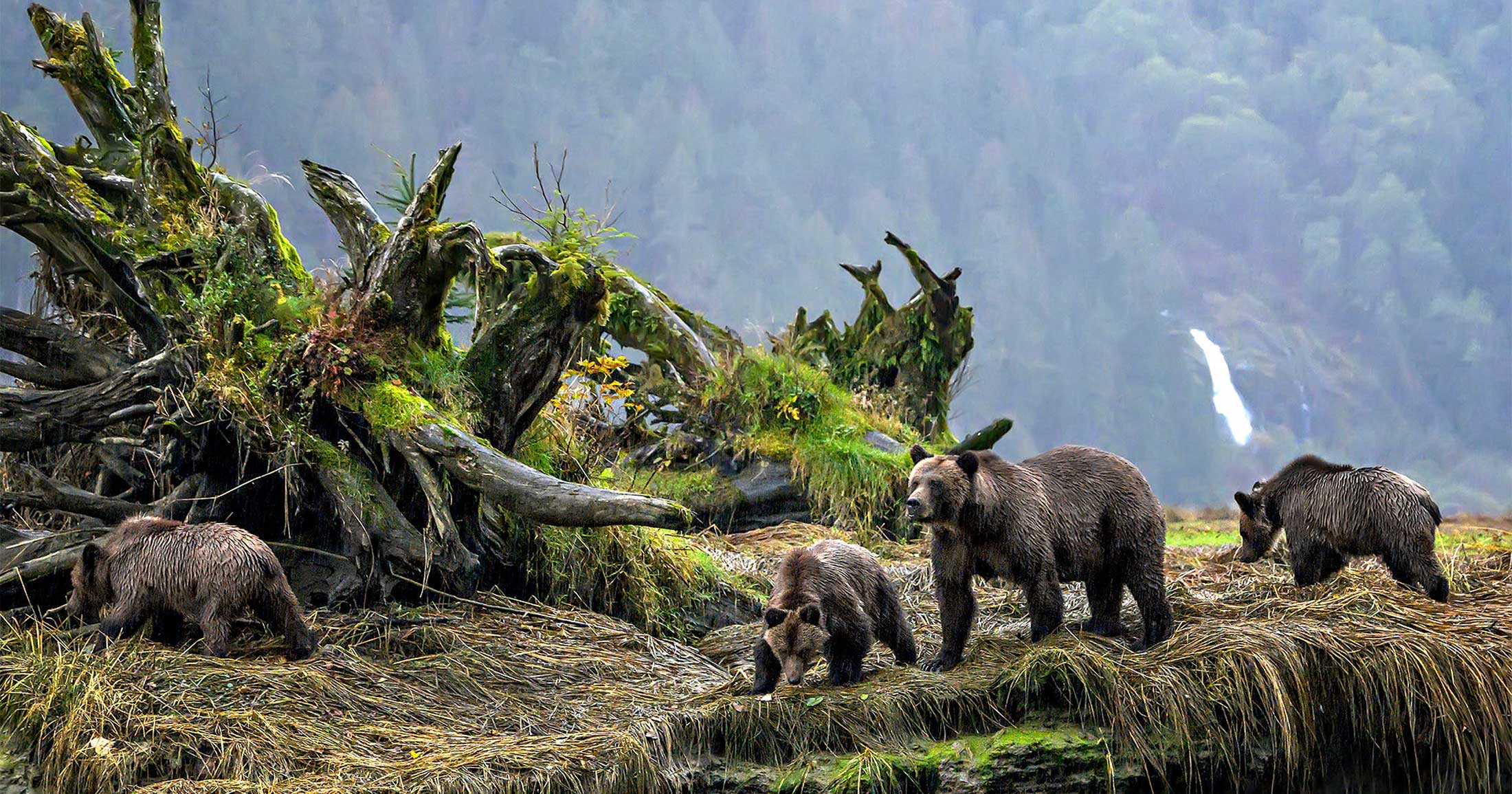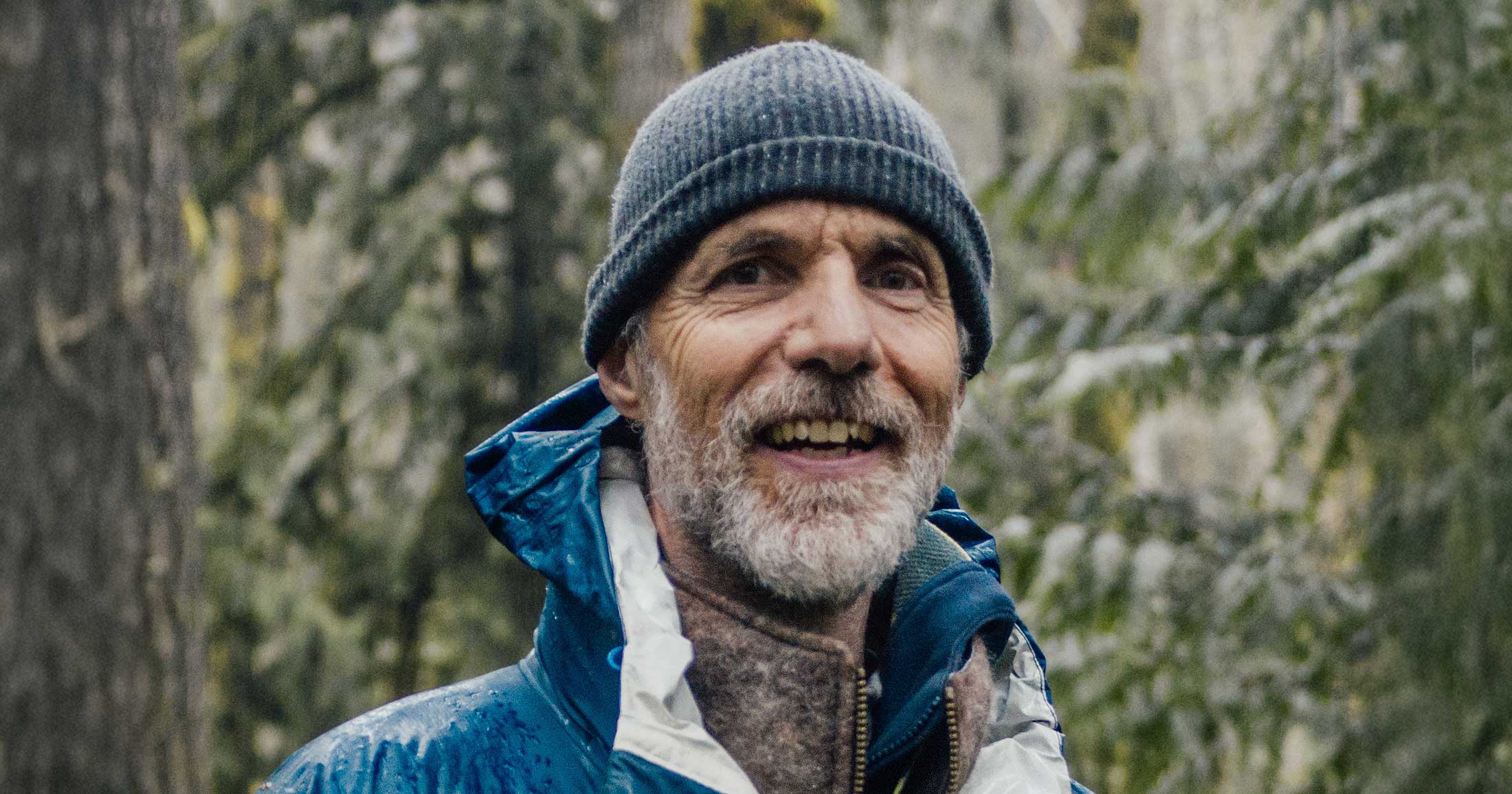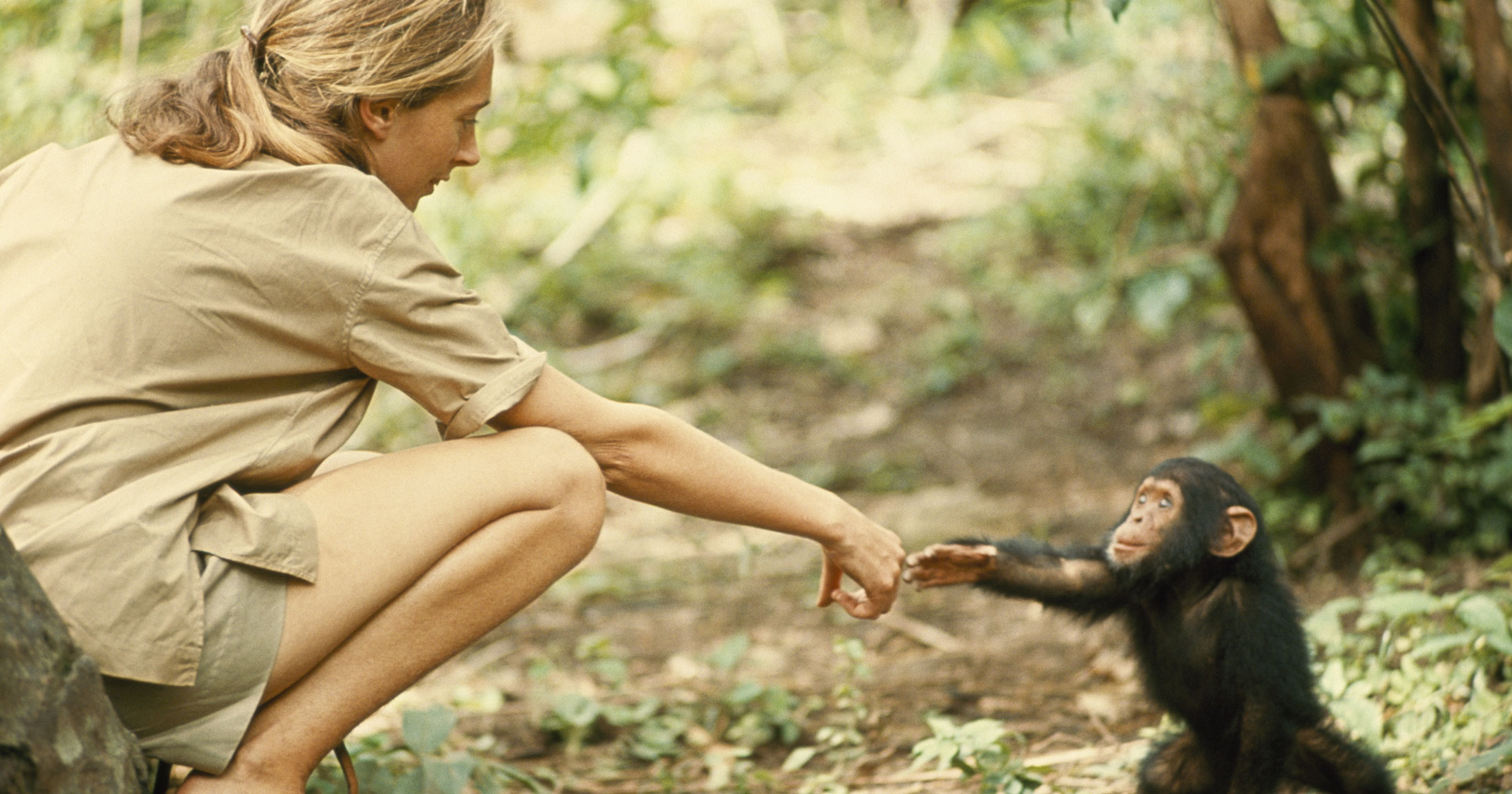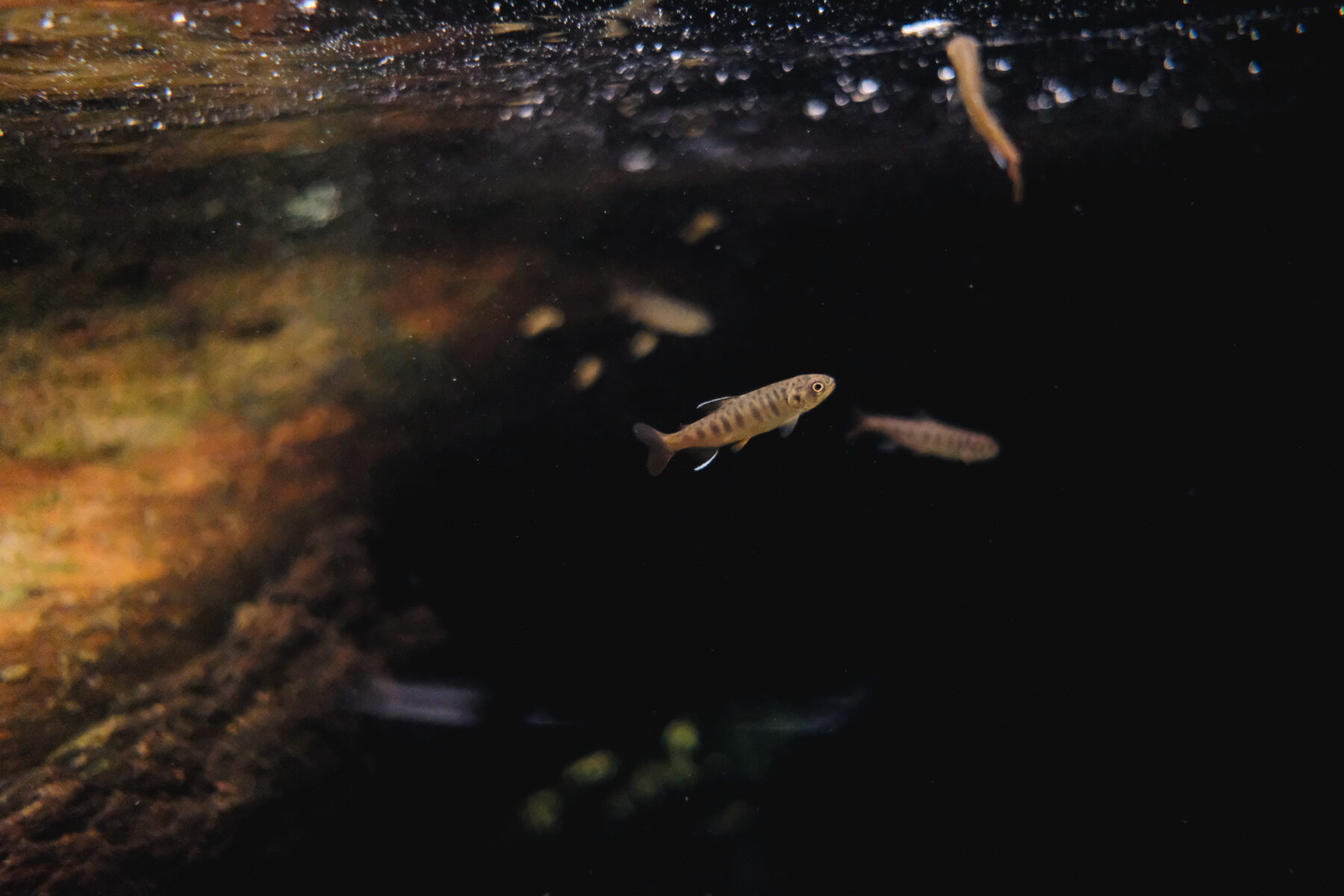A watershed based approach to assessing water quality in Cheakamus/Green River watersheds
Read our reports from working with Whistler Lakes Conservation Foundation in the Alpha, Nita, Alta, Lost, and Green lakes.
Raincoast’s Healthy Waters Program was designed to assess the impacts of human activities on water quality in British Columbia, so as to better understand and protect this critical resource for salmon, whales, and people.
Our work with Whistler Lakes Conservation Foundation (WLCF) represents the first of many watershed-based partnerships to investigate water quality. The WLCF mission is to preserve, understand, and advocate for the five pristine lakes within the Resort Municipality of Whistler: Alpha, Nita, Alta, Lost, and Green Lakes. To support this goal, WLCF introduced a Volunteer Lake Monitoring Program (VLMP) in collaboration with BC Lakes Steward Society (BCLSS) in the past to document water properties in the lakes on a weekly basis using a YSI ProSolo and Secchi disk.
The YSI ProSolo measures temperature and dissolved oxygen – two parameters that are fundamental to an understanding of the quality of fish habitat, nutrient availability, and productivity of a lake. The Secchi disk is used to measure turbidity – or cloudiness – of the lakes. Sudden spikes in turbidity can be indicative of sediment flushing, algal blooms, or the presence of glacial flour (glacial rock dust). Measuring the normal – ‘background’ – turbidity allows lake monitors to flag sudden spikes and investigate potential causes.
The Healthy Waters – WLCF partnership has enabled a much deeper understanding of the quality of the water throughout the watershed, by conducting high resolution analysis of nearly 600 contaminants in water samples. This partnership began in the summer of 2023.
Two reports are now released
Two Healthy Waters reports contain results for the first two sampling seasons – Wet (winter 2023-24) and Dry (summer 2024) in the watersheds of Cheakamus River and Green River. In these reports, we detail the profiles across 12 different contaminant classes, including nutrients, metals, pesticides and pharmaceuticals. We sampled five different categories of water in these watersheds: source, stream and river, road runoff, tap, and marine (in downstream Howe Sound).
This watershed based approach allows us to investigate how contaminants move into streams and rivers from headwaters to the ocean, and what it means for the health of fish, wildlife and people.
Our results were both reassuring – and a little troubling. Generally speaking, the Green / Cheakamus watershed had relatively good water quality, but we identified a few contaminants of concern. Some of these appeared to be the result of atmospheric pollution – such as the insecticide DEET and hydrocarbons. Others were coming from cars, trucks and buses on the roads – including petroleum hydrocarbons and metals. And finally, some seem to be coming from homes, hotels, and businesses – including some pharmaceuticals and personal care products.
Collectively, our findings point to opportunities to engage in best practices through a combination of consumer education, source control, and green infrastructure. Continued monitoring will inform progress in tackling some of these emerging concerns, and protecting the waters around Whistler for future generations.
A report detailing the findings from our third season of sampling in the Green/Cheakamus watersheds is currently underway.
Ross P, Scott S, Noel M, and Klasios N. 2024. Green/Cheakamus watershed: Water quality report for the 2023 dry season. Raincoast Conservation Foundation. https://doi.org/10.70766/955.423
Ross P, Scott S and Noel M. 2024. Green/Cheakamus watershed: Water quality report for the 2023-24 wet season. Raincoast Conservation Foundation. https://doi.org/10.70766/9365.56
You can help
Raincoast’s in-house scientists, collaborating graduate students, postdoctoral fellows, and professors make us unique among conservation groups. We work with First Nations, academic institutions, government, and other NGOs to build support and inform decisions that protect aquatic and terrestrial ecosystems, and the wildlife that depend on them. We conduct ethically applied, process-oriented, and hypothesis-driven research that has immediate and relevant utility for conservation deliberations and the collective body of scientific knowledge.
We investigate to understand coastal species and processes. We inform by bringing science to decision-makers and communities. We inspire action to protect wildlife and wildlife habitats.

